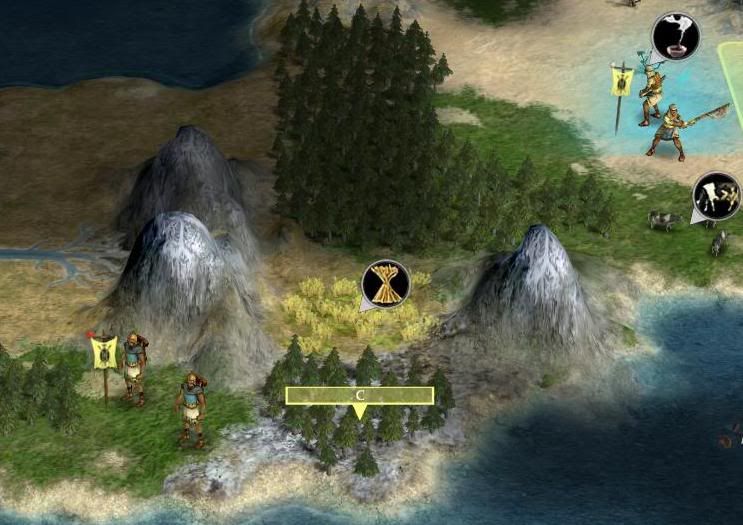The problem maybe he popped the goody hut before settling the city.
That doesn't affect anything for me either, I don't think their are any random rolls involved in building a city.
The problem maybe he popped the goody hut before settling the city.
Clams, Fish, techpaths, build orders: none of that really matters to me, 3 letters will win you this game, GLH. 'nuff said
So you think there's no point in building Chariots because of the very small risk of a barbarian Spearman popping up? The great majority of early barbarians are Warriors, Archers, and Axemen, so it's fairly silly to ignore a fairly powerful unit due to a small risk of its counter appearing.
This is like saying there's no point in building Warriors or Archers because they'll get killed by Axemen. It's true that all units have some counter or other, but it doesn't make sense to base all your decisions on those small negatives while pushing aside the big positives of more powerful units.

I totally agree with the sentiment here-GLH should be pursued without diversion at this point, though the micro will determine how quickly you get it. Beakers will be the primary bottleneck, hence the earlier WB and crabs first.

If you are taking votes, mine is for WB (clams) -> WB (fish) -> Worker -> a few warriors -> Lighthouse -> GLH, tech AH -> Mining -> BW -> Sailing -> Masonry. Try and 2 pop whip a lighthouse into GLH.

This is the first time I've come across this term. How is it different from fog-busting?I've had alot less problems with barb galleys since I learned about spawnbusting since I now know a unit can spawnbust the coastal area even without seeing it. It can be a bit harder on coast-heavy maps such as big & small though.
As has been noted, building the GLH will secure a win. That is not interesting to me.
Is there another path to take that will show case fin/cre UU/UB and still get a win?
I would be more interested in developing that strategy.
 baby cottages?
baby cottages?This is the first time I've come across this term. How is it different from fog-busting?

This is the first time I've come across this term. How is it different from fog-busting?

However, spawnbusting abuses the knowledge that no unit whatsoever may spawn in a 5x5 square around any unit of a civilization, including another barbarian (iIrc). Meaning you can 'fogbust' with less units - and even get away with just warriors.
Goody huts are dependant on the turn, not anything you do during that turn afaik
